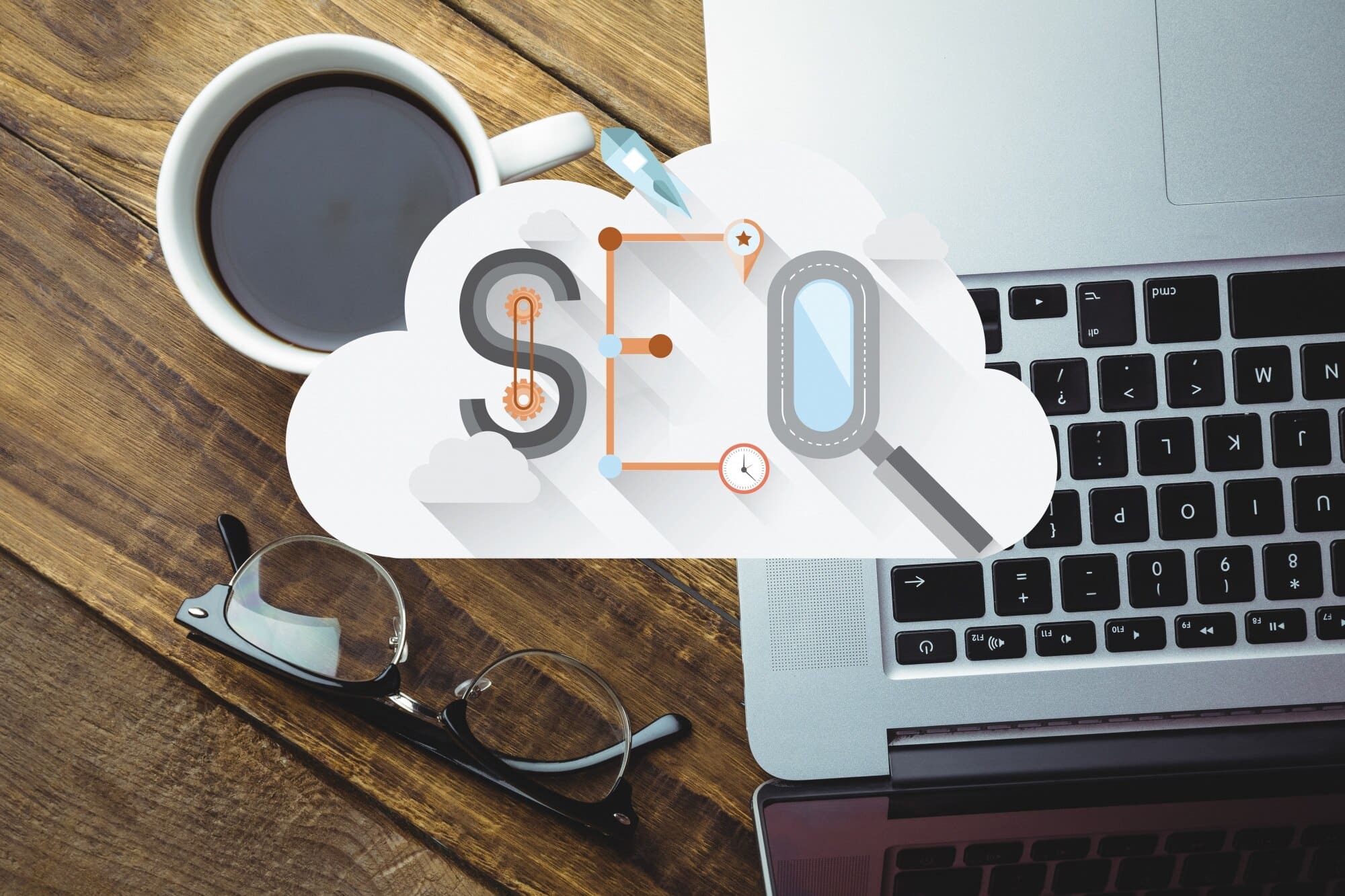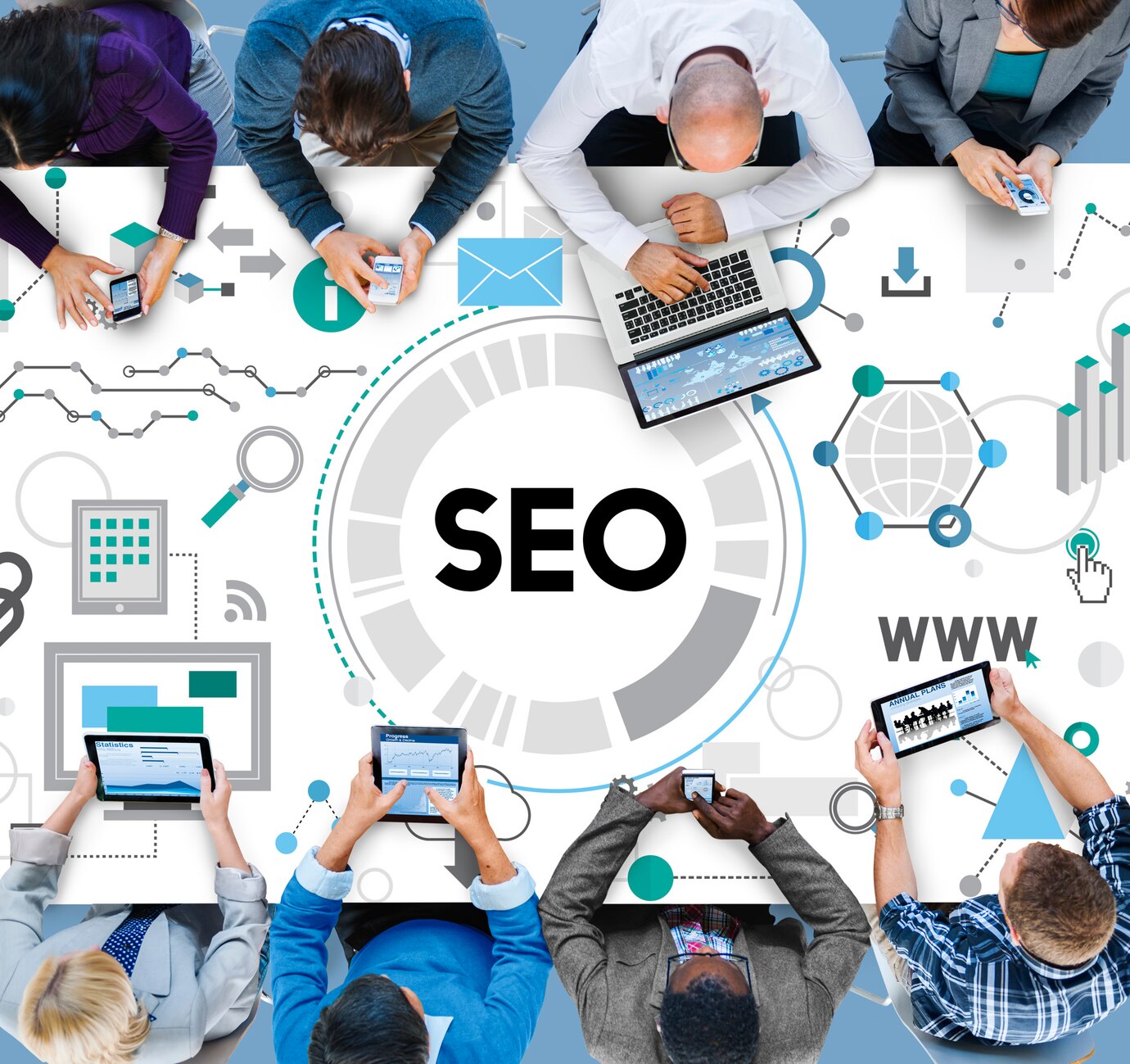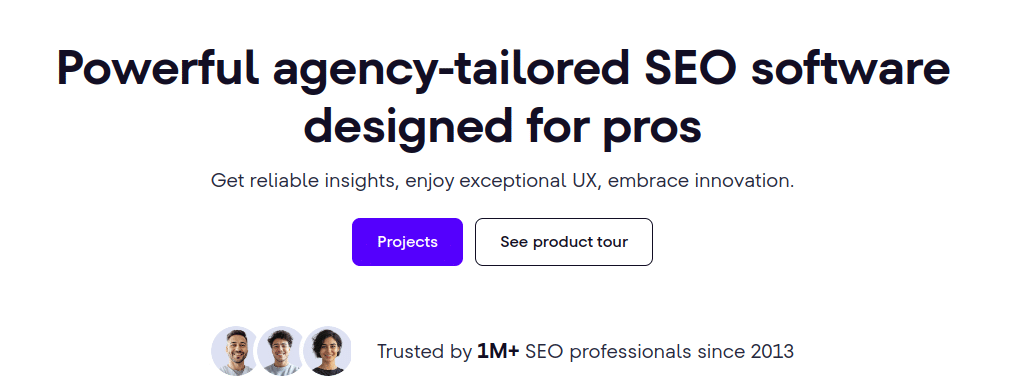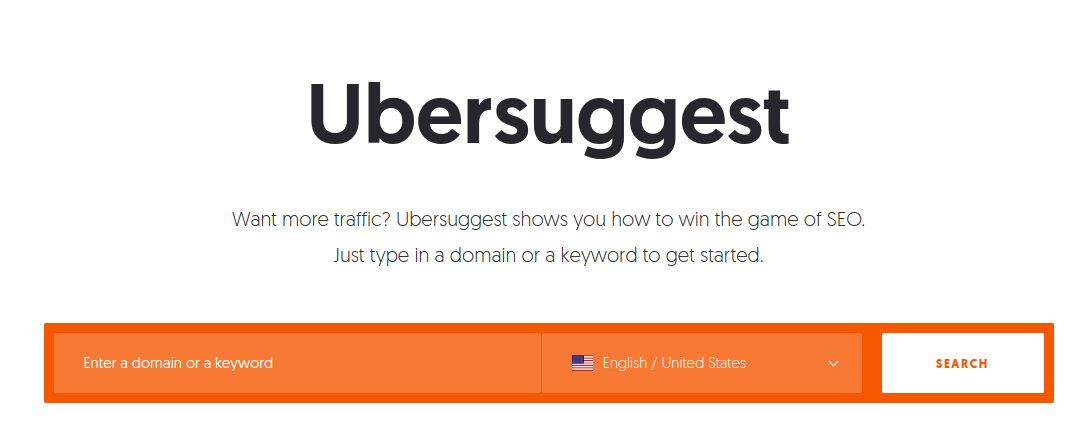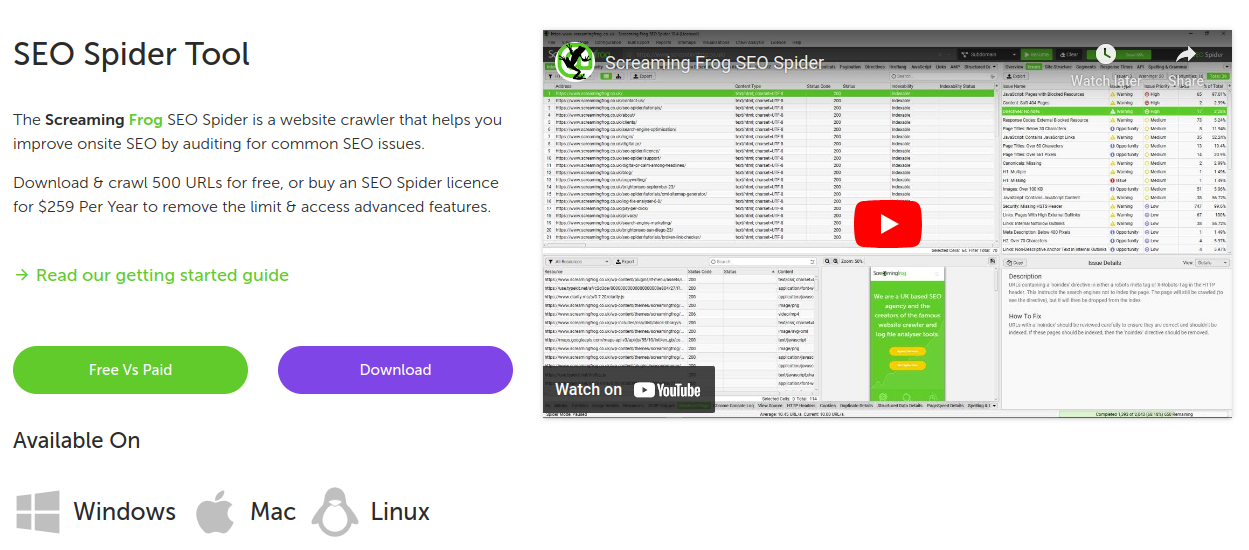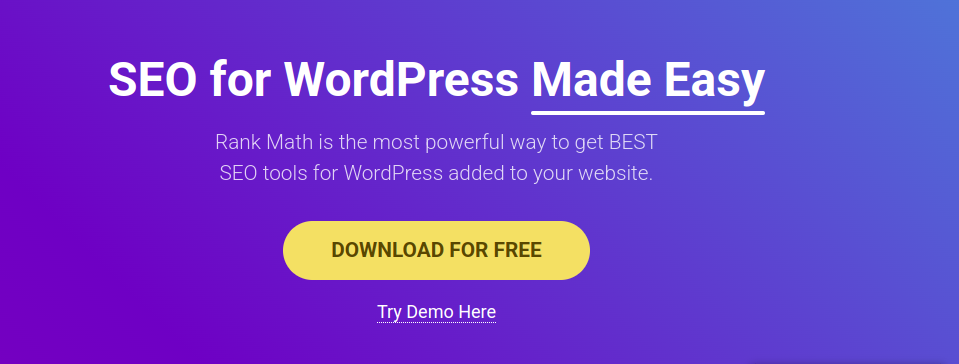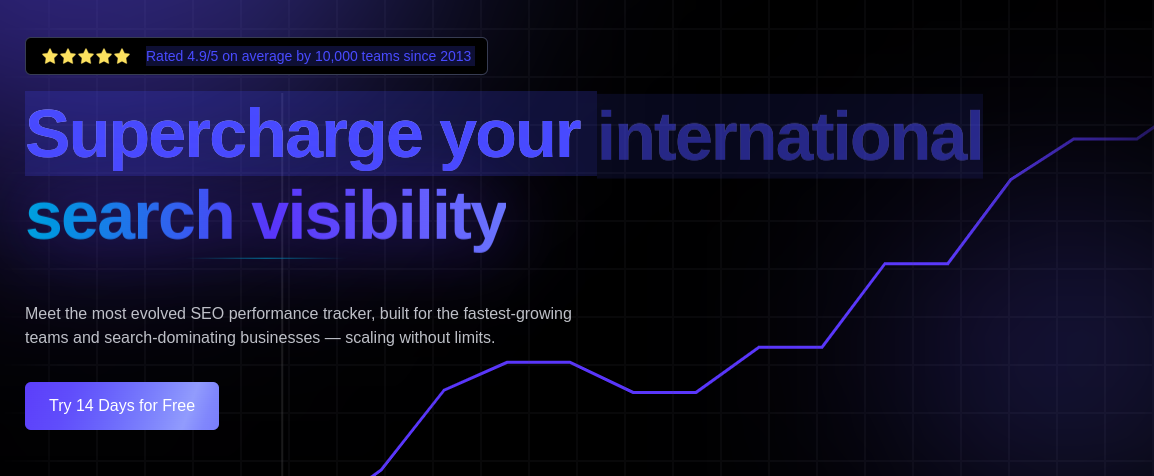For home service contractors, online visibility is a necessity and can help them reach potential customers in their service areas. One of the most effective strategies for enhancing visibility is Google Business Profile (GBP) optimization. This comprehensive guide extensively explores various aspects of Google My Business for home service contractors, from optimization strategies to common challenges.
What is a Google Business Profile?
Google Business Profiles (previously known as Google My Business) is a free tool that helps businesses manage their online presence and engagement across Google Search and Maps. Over the years, its features have evolved to enhance business management, customer interaction, and how businesses appear in search results. Here are some of the key features of GBP:
- Business information: GBP provides complete business details, including your business’s name, address, contact number, operating hours, business categories, and website. Accurate details prevent confusion and enable customers to find and contact you easily.
- Customer reviews: Reviews directly influence customers who are deciding whether to hire your services. A positive review profile builds trust and improves local rankings. Responding to all feedback shows engagement and professionalism.
- Posts and updates: Your GBP allows you to share posts and updates directly to your profile. Sharing business-related promotions, seasonal offers, and other relevant updates keeps your profile fresh and informative, encouraging your customers to engage.
- Q&A section: The Q&A section is designed to let potential customers ask about your services, costs, availability, and other common queries. Answering those questions and providing valuable information improves your credibility and conversion.
GBP is a necessary tool to improve rankings on Google Map Packs and local searches. An optimized GBP increases visibility for niche-specific keywords like “contractors near me,” directly impacting how often your business appears to your potential customers. This provides your business with good online exposure, connecting you with people looking for your services in your business location.
Why GBP Matters for Home Service Contractors
For home service contractors, a strong online presence helps attract local customers. GBP optimization is one of the efficient SEO strategies to make it happen. Here are some of the reasons why GBP is important for your home service business:
- Boost your local visibility: When local customers search for the home services you provide in your area, Google prioritizes businesses with an optimized GBP. If you consistently update your GBP, it will increase your chances of appearing in the Local Pack.
- Builds trust through reviews: Most customers go through reviews before hiring a contractor. Maintaining positive reviews and addressing negative reviews signals your reliability and professionalism, which helps foster trust among your customers.
- Increased customer engagement: GBP allows customers to contact you directly through messages or calls and interact with you by asking questions on your profile. These communication channels make it easier for customers to reach you and potentially sign up for your services.
- Maintains business details accurately: An accurate GBP makes sure users always see accurate information about your business, eliminating confusion and missed opportunities.
- Showcases your expertise: Uploading the photos or videos of your projects in your GBP gallery shows your expertise and increases your credibility as a contractor.
How to Claim and Set Up Your GBP
Follow this step-by-step guide to claim and set up your GBP:
Step 1: Claim Your Business Listing
Here are the steps to claim your GBP:
- Visit the Google Business Profile site and log in with your Google account. Create an account if you don’t have one already.
- Search for your business name.
- If your business appears, select “Claim this business.” If it does not appear, choose “Add your business to Google.”
Step 2: Verify Your Business
Here are some of the common verification methods to confirm that you own or manage your business:
- Postcard by mail: A verification code will be sent to your business location via mail, which may take a few days.
- Phone or email: Some businesses qualify for instant verification through an email or a phone call.
- Video verification: This type of verification requires you to record a short video to show your business’s location.
Step 3: Complete Your Business Profile
The next step is to finalize your business profile by filling out your business details. Here are the things you should focus on:
- Business description: Prepare a concise and engaging description that explains what makes your business unique.
- Upload photos and videos: Upload high-quality photos and videos showcasing your team, products, or services for legitimacy.
- Services you offer: List out all the home services you offer, giving a clear understanding of what your business is about.
Optimizing Key Elements of Your Profile
These are some of the key elements of your GBP that you should optimize for better visibility:
Business Name
Your business name in your GBP should match your business name on your website and in any other listings. Using a precise business name across all platforms enables users to find your business immediately. Double-check the name for accuracy.
Business Categories
Choose your primary business category based on the main services you offer. Then, you can add relevant secondary categories that accurately describe other services you provide. Google allows you to choose a total of 10 categories.
Description with Primary Keywords
Craft a compelling business description that clearly communicates your expertise and specialization. You can showcase your unique selling point to attract your local customers. An effective description also includes relevant keywords to enhance profile visibility.
Phone Number, Hours, & Website URL
Maintain accuracy when you list your primary business phone number so that users can reach you immediately. Clearly list your business hours and keep them updated in case of sudden changes or holidays. Also, provide an accurate and functional website URL that directs users to your homepage, where they can learn more about your services.
Services and Service Areas
Break down all the services you provide, such as “HVAC cleaning,” “basement waterproofing,” and “residential painting.” Such details help Google match your business to relevant search queries. For home service contractors, specify your service areas accurately to be seen in local searches.
Products, Bookings & Offers
List your product details in your business profile so users can see what you offer right away. Allow online booking, making it easier for customers to schedule appointments. Highlight promotional offers like discounts, sales, or new service launches to spark attention.
Reviews & Q/A
Ask your customers to leave reviews on your profile, and respond to each review to show that you value their feedback. Engage with users in the Q&A section, providing them with accurate and helpful information. This builds trust and boosts your online reputation.
Adding High-Quality Photos and Videos
Uploading high-quality photos and videos to your GBP can dramatically influence potential customers’ perception of your services. This content acts as proof of your expertise and your service quality. You can add team photos and upload before and after shots of completed projects. This is an efficient way to build trust and reinforce transparency. Make sure to geotag the images and videos with your service locations. This helps your profile appear in local search results.
Leveraging Reviews to Build Trust
Google reviews play a big part in influencing potential customers’ decisions. Positive reviews build instant credibility and increase your brand reputation. To garner more reviews, ask your customers to leave feedback on your profile. If you receive negative feedback, make sure to address it respectfully, showcasing your professionalism.
Using Google Posts and Updates
Google posts enable you to share timely updates, offers, events, blog links, and important announcements on your business listing. This allows home service contractors to engage with their local customers and attract more local traffic. Post relevant content and helpful updates consistently to stay visible by signaling your relevance to Google.
Using Insights to Track Performance
GBP insights provide valuable analytics on how customers interact with your profile. Track performance metrics like search views, direction requests, website clicks, and phone calls. Monitoring Google business insights helps you understand which service brings more conversions and assess the effectiveness of your GBP optimization efforts. Based on these metrics, you can adjust your optimization strategy for better local SEO results.
Common Mistakes to Avoid
Here are some of the common mistakes to avoid during Google Business Profile optimization:
- Keyword stuffing in the name: Adding excessive keywords to your business name violates Google’s guidelines and risks triggering a profile suspension.
- Selecting the wrong category: Choosing irrelevant business categories hampers your visibility in targeted searches.
- Not updating hours or responding to reviews: Outdated business operating hours or not responding to reviews indicate poor customer service, which may heavily impact your business’s reputation.
- Neglecting competitors: Failing to monitor competitor listings may cause you to miss out on the opportunity to improve your strategy for a competitive advantage.
Tips to Maximize Visibility
Maximize local visibility with the following practical tips:
Use the Q&A Section Proactively
You can utilize the Q&A section in your GBP to address potential customer queries. Proactively use this section by asking common questions about your home services and providing concise and clear answers. Offering value to your potential customers through Q&A can help increase conversion rates.
Add FAQs to Your Profile
Consider adding a dedicated FAQs section to your profile to address a wide range of customer inquiries. You can use FAQs to provide more comprehensive answers to repeated queries about your services. A well-organized FAQ page improves user experience by offering quick solutions to common problems.
Embed a Map on Your Website’s Contact Page and Footer
Embedding your Google Map listing on your website’s contact page and footer makes it easy for customers to find you. It instantly provides your geographical location to customers, which improves trust and user experience. It also helps boost location relevance, which is important for higher rankings in the local pack.
Seek Professional SEO Help for Better Results
Hire experienced SEO professionals like Outpace SEO to unlock the full potential of your GBP and home services SEO campaign. We specialize in local search patterns, keyword research, and advanced optimization techniques that can boost your profile’s rankings and visibility.







